Grow Cabbage From Seed and unlock the satisfaction of harvesting your own crisp, delicious cabbages right from your backyard! Imagine serving a vibrant coleslaw made entirely from ingredients you nurtured from tiny seeds. It’s a rewarding experience, and I’m here to guide you through every step of the process.
Growing cabbage has a rich history, dating back to ancient times. The Romans and Greeks prized cabbage for its nutritional value and medicinal properties. Over centuries, it has become a staple in cuisines worldwide, from sauerkraut in Germany to kimchi in Korea. Now, you can participate in this long tradition by cultivating your own cabbages.
Why should you bother learning to grow cabbage from seed? Well, for starters, it’s incredibly cost-effective compared to buying seedlings or mature heads from the grocery store. Plus, you have a wider variety of cabbage types to choose from when starting from seed. More importantly, you’ll know exactly what went into growing your cabbage – no mystery pesticides or questionable farming practices. In this article, I’ll share my favorite DIY tricks and hacks to ensure your cabbage-growing journey is a success, even if you’re a complete beginner. Let’s get our hands dirty and cultivate some homegrown goodness!
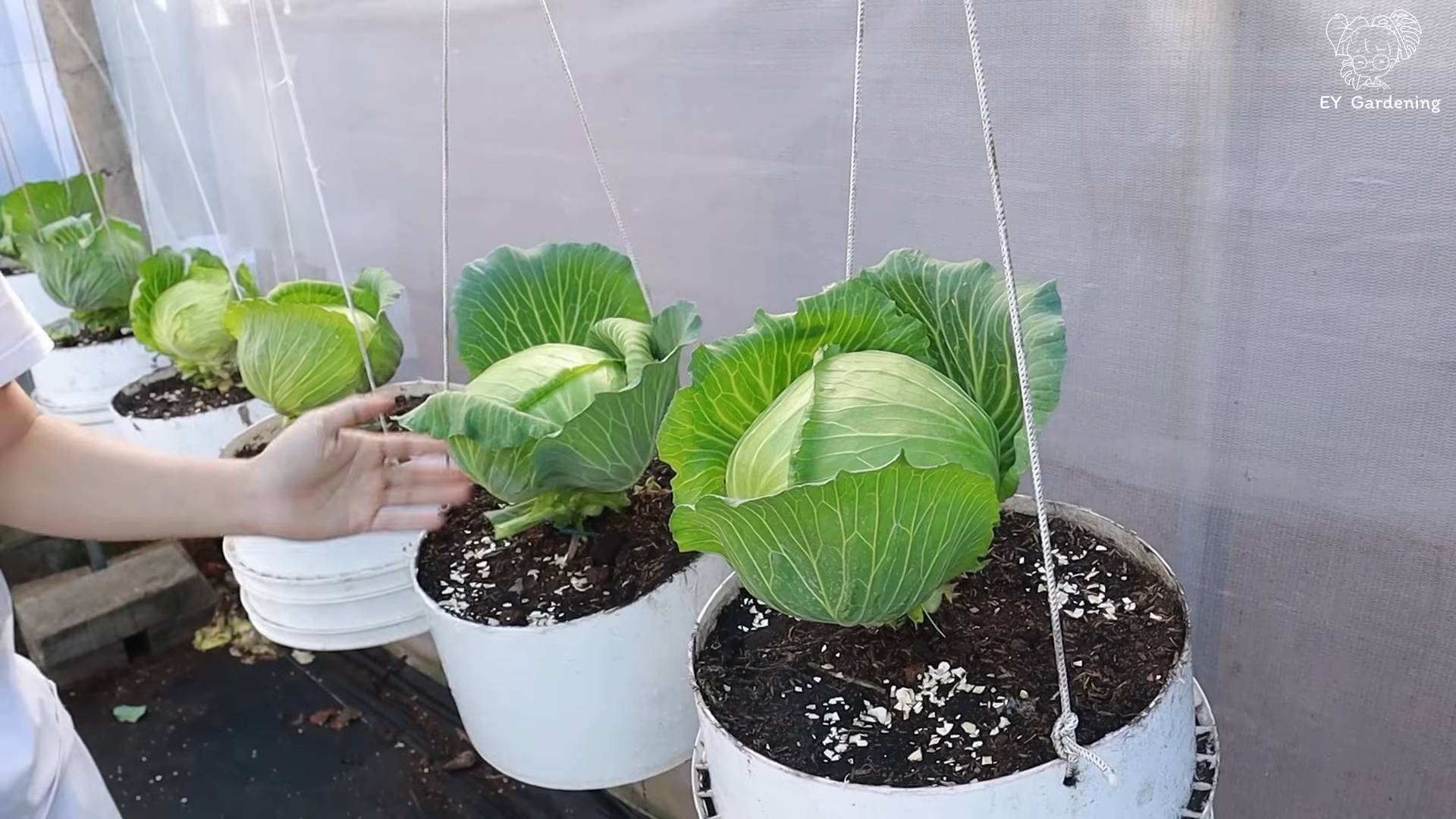
Growing Cabbage From Seed: A Complete DIY Guide
Hey there, fellow gardening enthusiasts! I’m so excited to share my tried-and-true method for growing beautiful, healthy cabbages from seed. It’s easier than you might think, and the satisfaction of harvesting your own homegrown cabbage is truly rewarding. Let’s dive in!
Choosing Your Cabbage Variety
Before we get our hands dirty, let’s talk about cabbage varieties. There’s a whole world of cabbages out there, from the classic green varieties to red, Savoy, and even Napa cabbage. Consider your climate, growing season, and personal preferences when making your choice.
* Green Cabbage: These are your standard, reliable cabbages. They’re great for slaws, soups, and roasting. Some popular varieties include ‘Golden Acre’ (early maturing) and ‘Brunswick’ (good for storage).
* Red Cabbage: Adds a pop of color to your garden and kitchen! Red cabbage is slightly sweeter than green cabbage and is delicious pickled or in salads. ‘Red Acre’ is a popular choice.
* Savoy Cabbage: Known for its crinkled leaves and mild flavor. Savoy cabbage is excellent in stir-fries and braised dishes. ‘Savoy Ace’ is a widely grown variety.
* Napa Cabbage: Also known as Chinese cabbage, Napa cabbage has a milder, sweeter flavor than other cabbages. It’s a staple in Asian cuisine and is perfect for kimchi and stir-fries.
Starting Seeds Indoors (Recommended)
Starting your cabbage seeds indoors gives them a head start, especially if you live in a region with a short growing season. I highly recommend this method for the best results.
Materials You’ll Need:
* Cabbage seeds (of course!)
* Seed starting trays or small pots
* Seed starting mix (a light, well-draining mix is essential)
* Spray bottle or watering can with a gentle nozzle
* Grow lights (optional, but highly recommended)
* Heat mat (optional, but helpful for germination)
Step-by-Step Instructions:
1. Prepare Your Seed Starting Trays: Fill your seed starting trays or pots with seed starting mix. Gently tap the trays to settle the mix, but don’t pack it down too tightly.
2. Sow the Seeds: Make a small indentation (about ¼ inch deep) in the center of each cell or pot. Place 2-3 seeds in each indentation. This increases the chances of at least one seed germinating.
3. Cover the Seeds: Gently cover the seeds with a thin layer of seed starting mix.
4. Water Thoroughly: Use a spray bottle or watering can with a gentle nozzle to thoroughly moisten the soil. Be careful not to dislodge the seeds.
5. Provide Warmth and Light: Place the seed starting trays on a heat mat (if using) and under grow lights. Cabbage seeds germinate best at temperatures between 65-75°F (18-24°C). If you don’t have grow lights, place the trays in a sunny window, but be aware that the seedlings may become leggy (tall and spindly) if they don’t receive enough light.
6. Maintain Moisture: Keep the seed starting mix consistently moist, but not soggy. Check the moisture level daily and water as needed.
7. Thin the Seedlings: Once the seedlings have emerged and have their first true leaves (the second set of leaves), thin them to one seedling per cell or pot. Choose the strongest, healthiest-looking seedling and snip off the others at the soil line with small scissors. Don’t pull them out, as this can disturb the roots of the remaining seedling.
8. Harden Off the Seedlings: About a week before you plan to transplant the seedlings outdoors, you’ll need to harden them off. This process gradually acclimates the seedlings to outdoor conditions. Start by placing the trays outdoors in a sheltered location for a few hours each day, gradually increasing the amount of time they spend outside. Protect them from direct sunlight and strong winds initially.
Direct Sowing (Less Recommended, But Possible)
While I prefer starting cabbage seeds indoors, you can also direct sow them into your garden bed. However, this method is less reliable, especially in areas with unpredictable weather or pest problems.
Materials You’ll Need:
* Cabbage seeds
* Garden rake
* Watering can or hose with a gentle nozzle
Step-by-Step Instructions:
1. Prepare the Garden Bed: Choose a sunny location with well-drained soil. Amend the soil with compost or other organic matter to improve its fertility and drainage. Rake the soil smooth and remove any rocks or debris.
2. Sow the Seeds: Sow the seeds directly into the soil, about ½ inch deep and 1-2 inches apart.
3. Water Thoroughly: Gently water the soil after sowing.
4. Keep the Soil Moist: Keep the soil consistently moist until the seeds germinate.
5. Thin the Seedlings: Once the seedlings have emerged and have their first true leaves, thin them to the desired spacing (see below).
Transplanting Cabbage Seedlings Outdoors
Once your seedlings have been hardened off and the danger of frost has passed, it’s time to transplant them into your garden.
Materials You’ll Need:
* Cabbage seedlings
* Trowel or shovel
* Compost or other organic matter
* Watering can or hose
* Row covers (optional, but recommended for pest protection)
Step-by-Step Instructions:
1. Prepare the Planting Site: Choose a sunny location with well-drained soil. Cabbage needs at least 6 hours of sunlight per day. Amend the soil with compost or other organic matter to improve its fertility and drainage.
2. Dig the Holes: Dig holes that are slightly larger than the root balls of the seedlings. Space the holes 12-24 inches apart, depending on the variety of cabbage you’re growing. Smaller varieties can be planted closer together.
3. Plant the Seedlings: Gently remove the seedlings from their trays or pots. If the roots are pot-bound (tightly circling the pot), gently loosen them before planting. Place the seedlings in the holes, making sure the top of the root ball is level with the surrounding soil.
4. Fill the Holes: Fill the holes with soil and gently firm the soil around the seedlings.
5. Water Thoroughly: Water the seedlings thoroughly after planting.
6. Apply Row Covers (Optional): Cover the seedlings with row covers to protect them from pests, such as cabbage moths and flea beetles. Row covers also help to retain moisture and warmth.
Caring for Your Cabbage Plants
Once your cabbage plants are in the ground, it’s important to provide them with proper care to ensure a bountiful harvest.
* Watering: Cabbage needs consistent moisture, especially during hot, dry weather. Water deeply and regularly, aiming for about 1 inch of water per week.
* Fertilizing: Cabbage is a heavy feeder, so it benefits from regular fertilization. Apply a balanced fertilizer every 2-3 weeks, following the instructions on the package. You can also side-dress the plants with compost or well-rotted manure.
* Weeding: Keep the garden bed free of weeds, which can compete with the cabbage plants for nutrients and water.
* Pest Control: Cabbage is susceptible to several pests, including cabbage moths, cabbage loopers, flea beetles, and aphids. Monitor your plants regularly for signs of infestation and take action promptly. Row covers are an excellent way to prevent many pests from reaching your plants. You can also use organic insecticides, such as Bacillus thuringiensis (Bt) for caterpillars and insecticidal soap for aphids.
* Disease Control: Cabbage can also be affected by diseases, such as black rot and clubroot. Choose disease-resistant varieties and practice good sanitation to prevent these problems. Avoid overhead watering, which can promote fungal diseases.
Harvesting Your Cabbage
The time it takes for cabbage to mature depends on the variety and growing conditions. Generally, cabbage is ready to harvest when the head is firm and solid.
Step-by-Step Instructions:
1. Check for Firmness: Gently squeeze the cabbage head. If it feels firm and solid, it’s likely ready to harvest.
2. Cut the Head: Use a sharp knife to cut the cabbage head from the stem, leaving a few outer leaves attached.
3. Store the Cabbage: Store the harvested cabbage in the refrigerator. It will keep for several weeks if stored properly.
Troubleshooting Common Problems
Even with the best care, you may encounter some problems while growing cabbage. Here are a few common issues and how to address them:
* Cabbage Worms (Cabbage Moth Larvae): These green caterpillars
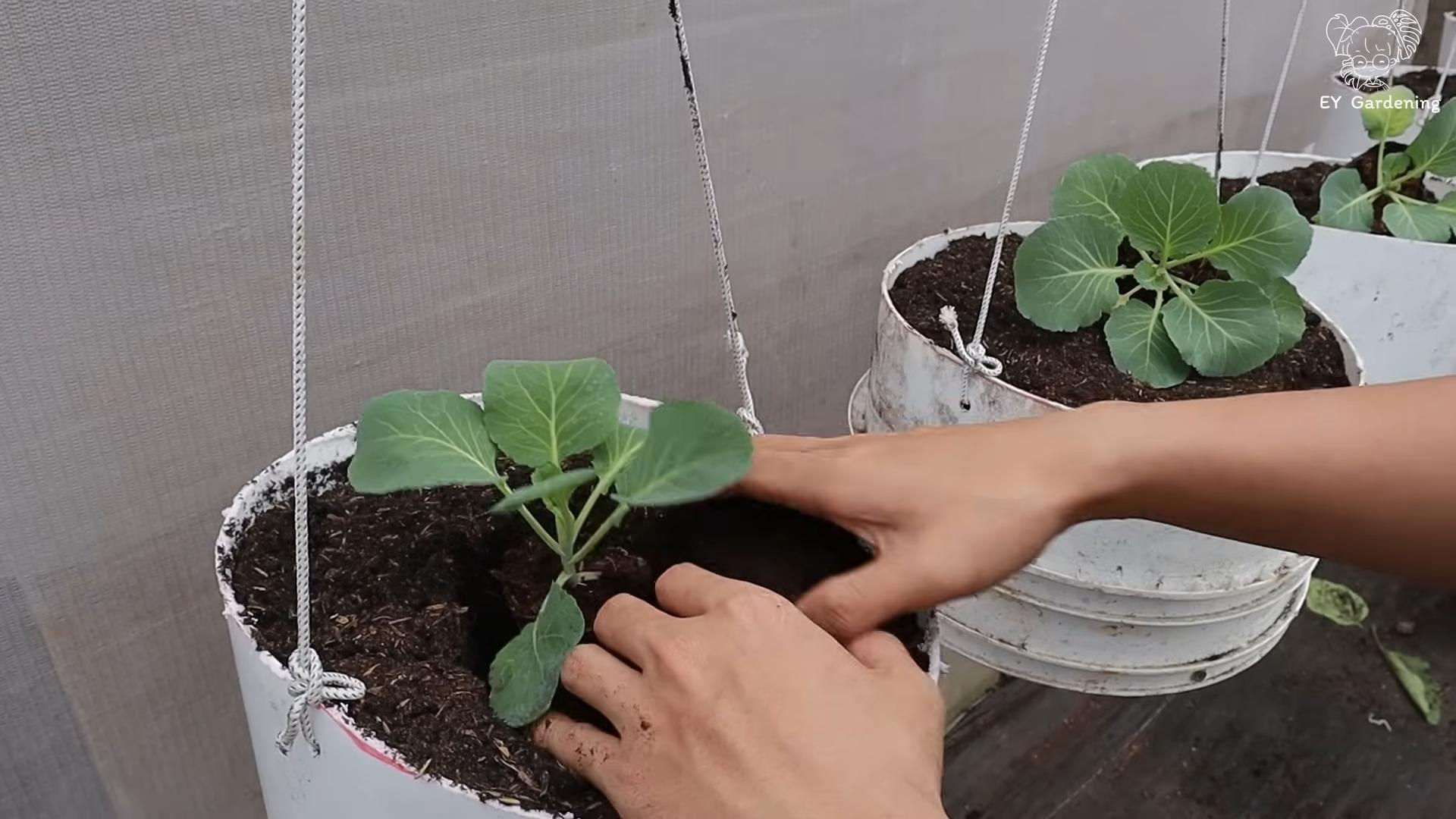
Conclusion
So, there you have it! Growing cabbage from seed might seem daunting at first, but with a little patience and these simple steps, you can cultivate your own delicious and nutritious cabbages right in your backyard. This DIY approach not only saves you money compared to buying seedlings from a nursery, but it also gives you complete control over the variety you grow and the growing conditions. You’ll know exactly what went into your cabbage, from the soil it was planted in to the water it received, ensuring a healthier and more flavorful final product.
This method is a must-try for any home gardener looking to expand their skills and enjoy the satisfaction of harvesting their own vegetables. Imagine the pride you’ll feel serving a salad made with cabbage you nurtured from a tiny seed! Plus, the process itself is incredibly rewarding, connecting you with nature and providing a sense of accomplishment.
Why is growing cabbage from seed a must-try? Because it offers unparalleled control, cost savings, and a deeper connection to your food. You can select heirloom varieties not typically found in stores, tailor the growing environment to your specific climate, and avoid the potential for pests or diseases that might come with purchased seedlings.
Consider these variations to personalize your cabbage-growing experience:
* Succession Planting: Plant seeds every few weeks to ensure a continuous harvest throughout the growing season. This is especially useful if you enjoy cabbage frequently in your meals.
* Companion Planting: Plant your cabbage alongside beneficial companions like dill, chamomile, or rosemary to deter pests and attract pollinators. These herbs can also enhance the flavor of your cabbage.
* Container Gardening: If you have limited space, you can successfully grow cabbage in containers. Choose a large pot (at least 12 inches in diameter) and ensure it has good drainage. Dwarf varieties are particularly well-suited for container gardening.
* Different Varieties: Experiment with different cabbage varieties! From the classic green cabbage to the vibrant red cabbage and the delicately flavored Savoy cabbage, there’s a whole world of flavors and textures to explore. Try growing a few different types each season to discover your favorites.
We strongly encourage you to give this DIY trick a try. The rewards are well worth the effort. Don’t be afraid to experiment and adapt the techniques to suit your specific needs and environment.
And most importantly, we want to hear about your experience! Share your tips, successes, and challenges in the comments below. Let’s build a community of cabbage growers and learn from each other. Did you find a particular variety that thrived in your area? Did you discover a unique pest control method? Your insights could be invaluable to other gardeners. So, grab your seeds, get your hands dirty, and embark on your cabbage-growing adventure today! Let us know how your journey of growing cabbage from seed goes!
Frequently Asked Questions (FAQ)
What kind of soil is best for growing cabbage from seed?
Cabbage thrives in well-drained, fertile soil that is rich in organic matter. A slightly acidic to neutral pH (between 6.0 and 7.0) is ideal. Before planting, amend your soil with compost or well-rotted manure to improve its structure and nutrient content. If your soil is heavy clay, consider adding sand or perlite to improve drainage. A soil test can help you determine the specific nutrient needs of your soil and guide your amendment choices.
How much sunlight does cabbage need?
Cabbage requires at least 6 hours of direct sunlight per day to grow properly. More sunlight is always better, especially in cooler climates. If you’re growing cabbage indoors under grow lights, ensure the lights are positioned close enough to the seedlings to provide adequate illumination. Insufficient sunlight can lead to leggy, weak plants that are more susceptible to pests and diseases.
How often should I water my cabbage seedlings?
Keep the soil consistently moist, but not waterlogged. Water deeply whenever the top inch of soil feels dry to the touch. Avoid overhead watering, as this can promote fungal diseases. Instead, water at the base of the plants. Mulching around the cabbage plants can help retain moisture in the soil and reduce the need for frequent watering. During hot, dry weather, you may need to water more frequently.
When is the best time to start cabbage seeds indoors?
The timing depends on your climate and the specific cabbage variety you’re growing. Generally, you should start cabbage seeds indoors 6-8 weeks before the last expected frost in your area. This allows the seedlings to develop a strong root system before being transplanted outdoors. Check the seed packet for specific recommendations for your chosen variety.
How do I harden off cabbage seedlings before transplanting them outdoors?
Hardening off is the process of gradually acclimating your seedlings to outdoor conditions. About a week before transplanting, begin by placing the seedlings outdoors in a sheltered location for a few hours each day. Gradually increase the amount of time they spend outdoors, and expose them to more sunlight and wind. This will help them adjust to the temperature fluctuations and prevent transplant shock.
What are some common pests and diseases that affect cabbage?
Common cabbage pests include cabbage worms, cabbage loopers, aphids, and flea beetles. Diseases include clubroot, black rot, and downy mildew. Regularly inspect your plants for signs of pests or diseases. Use organic pest control methods, such as handpicking pests, using insecticidal soap, or applying Bacillus thuringiensis (Bt). To prevent diseases, ensure good air circulation, avoid overhead watering, and practice crop rotation.
How do I prevent cabbage heads from splitting?
Cabbage heads can split when they receive too much water after a period of drought. To prevent splitting, water your cabbage plants consistently, especially during dry spells. Mulching around the plants can also help retain moisture in the soil. If heavy rain is expected, consider harvesting mature heads early to prevent them from splitting.
When is cabbage ready to harvest?
Cabbage is ready to harvest when the heads are firm and feel solid to the touch. The size of the head will vary depending on the variety. To harvest, use a sharp knife to cut the head from the stem, leaving a few outer leaves intact. You can store harvested cabbage in the refrigerator for several weeks.
Can I grow cabbage in the fall?
Yes, cabbage is a cool-season crop that can be successfully grown in the fall. Start seeds indoors in mid-summer and transplant them outdoors in late summer or early fall. Fall-grown cabbage often has a sweeter flavor than spring-grown cabbage due to the cooler temperatures.
What are some good companion plants for cabbage?
Good companion plants for cabbage include dill, chamomile, rosemary, thyme, onions, garlic, and marigolds. These plants can help deter pests, attract beneficial insects, and improve the overall health of your cabbage plants. Avoid planting cabbage near strawberries, tomatoes, or grapes, as these plants can compete for nutrients or attract pests that also affect cabbage.

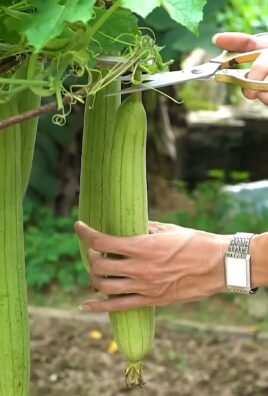
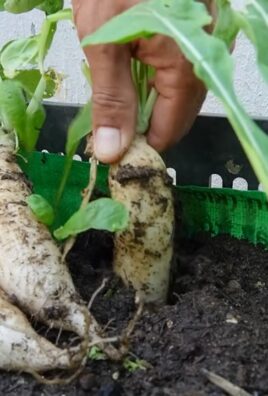
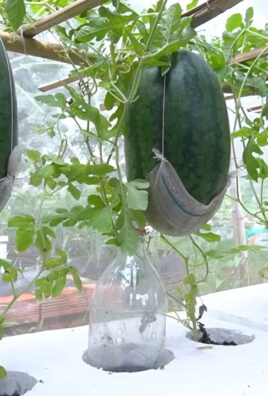
Leave a Comment